Understanding Brake Pads: Essential for Vehicle Safety and Performance
Brake pads are crucial for your vehicle's safety and performance, as they generate the friction needed to stop your car. This comprehensive guide covers everything you need to know about brake pads, including types, maintenance, and replacement, vital knowledge for any vehicle owner.
The Essential Role of Brake Pads in Vehicle Safety
Brake pads are a key safety feature, converting the vehicle's kinetic energy into heat, which is then dissipated. Pressing the brake pedal activates a hydraulic system that pushes brake pads against the wheel-mounted rotors, generating friction to halt the vehicle.

Why High-Quality Brake Pads Matter
Investing in high-quality brake pads enhances your vehicle's performance and safety. Premium brake pads offer:
- Better stopping power: Crucial in emergencies for quick stops.
- Durability and longevity: Reducing the frequency of replacements, saving money.
- Resistance to fading and overheating: Ensuring consistent braking performance.
- Decreased noise and vibration: Enhancing the comfort of the driving journey
Also Read: Signs Your Car's Brakes Need Inspection: Don't Overlook These Warning Signals
Types of Brake Pads
Understanding the different types of brake pads helps in choosing the right ones for your vehicle:
- Ceramic Brake Pads: Made from ceramic fibers and resins, they offer excellent performance, low noise, and superior heat dissipation, ideal for high-performance vehicles.
- Semi-Metallic Brake Pads: Comprising metal fibers and friction modifiers, they provide strong stopping power and durability but may be noisier and produce more brake dust.
- Organic Brake Pads: Made from organic materials like rubber and glass, they offer smooth, quiet braking but wear out quickly and are not suited for heavy-duty or high-speed driving.
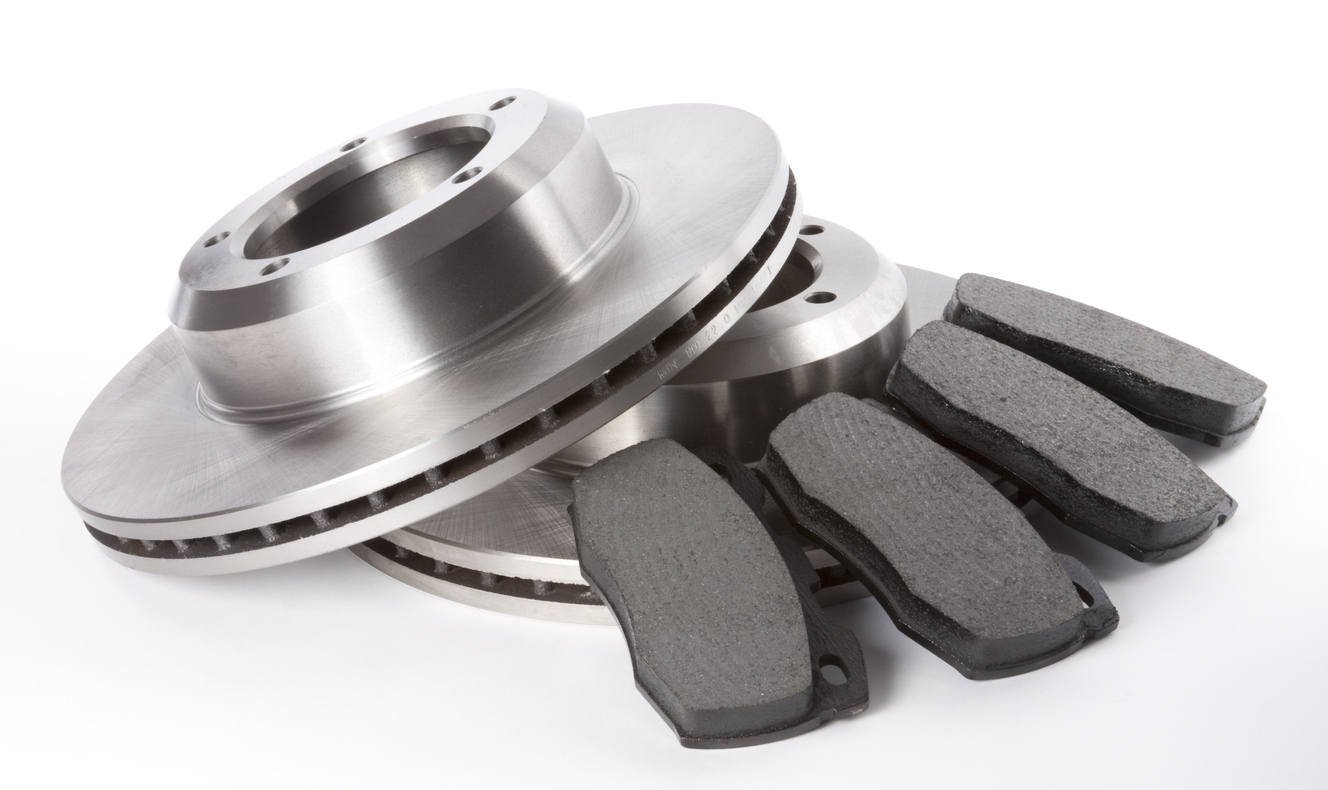
Brake Pad Maintenance Tips
Proper maintenance extends the life of your brake pads and ensures optimal performance:
- Regular inspections: Have a professional check your brake pads for wear and damage.
- Periodic cleaning: Remove dirt and debris to maintain proper contact with the rotors.
- Brake fluid checks: Keep your brake fluid at the correct level to ensure effective braking.
- Smooth braking: Avoid harsh braking to reduce strain on the pads.
- Lighten the load: Remove unnecessary weight from your vehicle to decrease brake pad strain.
When to Replace Your Brake Pads
Recognizing the signs of worn-out brake pads is crucial for safety:
- Squealing noise: A high-pitched squeal indicates worn brake pads.
- Reduced braking performance: Longer stopping distances suggest pad wear.
- Vibration or pulsation: Felt through the brake pedal, it may indicate uneven pad wear or rotor issues.
- Visible wear: If the pads are less than a quarter of an inch thick, it's time for a replacement.
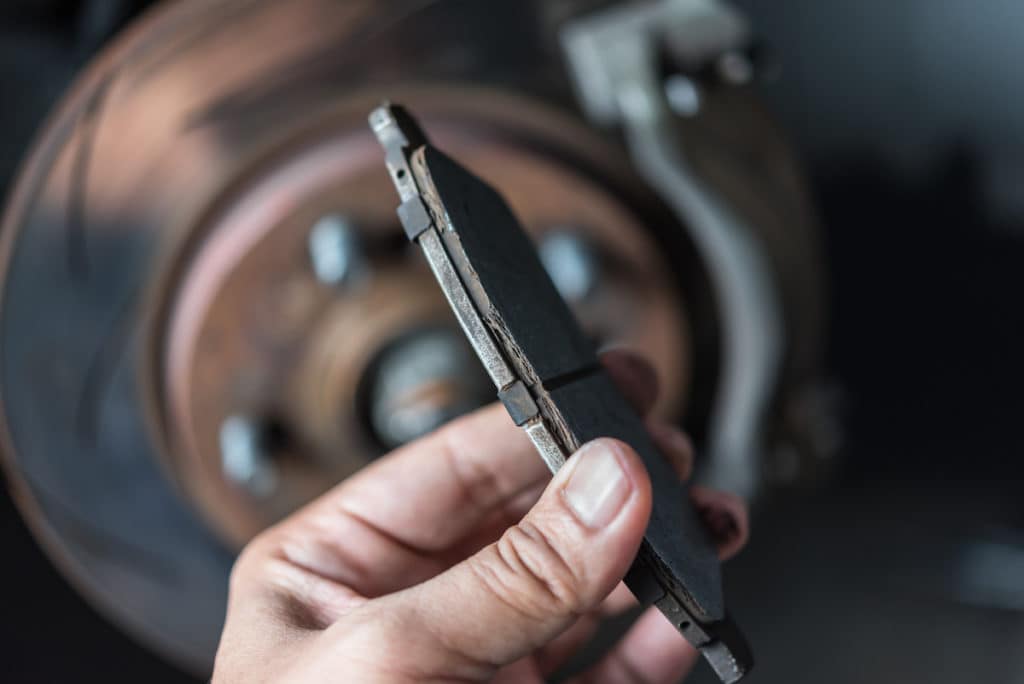
By understanding these signs and maintaining your braking system, you ensure safety and peace of mind on the road. Address brake pad issues promptly to avoid further damage and maintain optimal braking performance.
Also Read: Types of Brakes: An In-Depth Guide to Modern Braking Systems

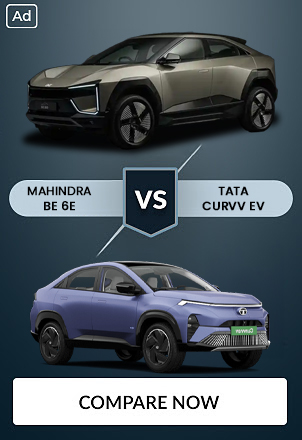


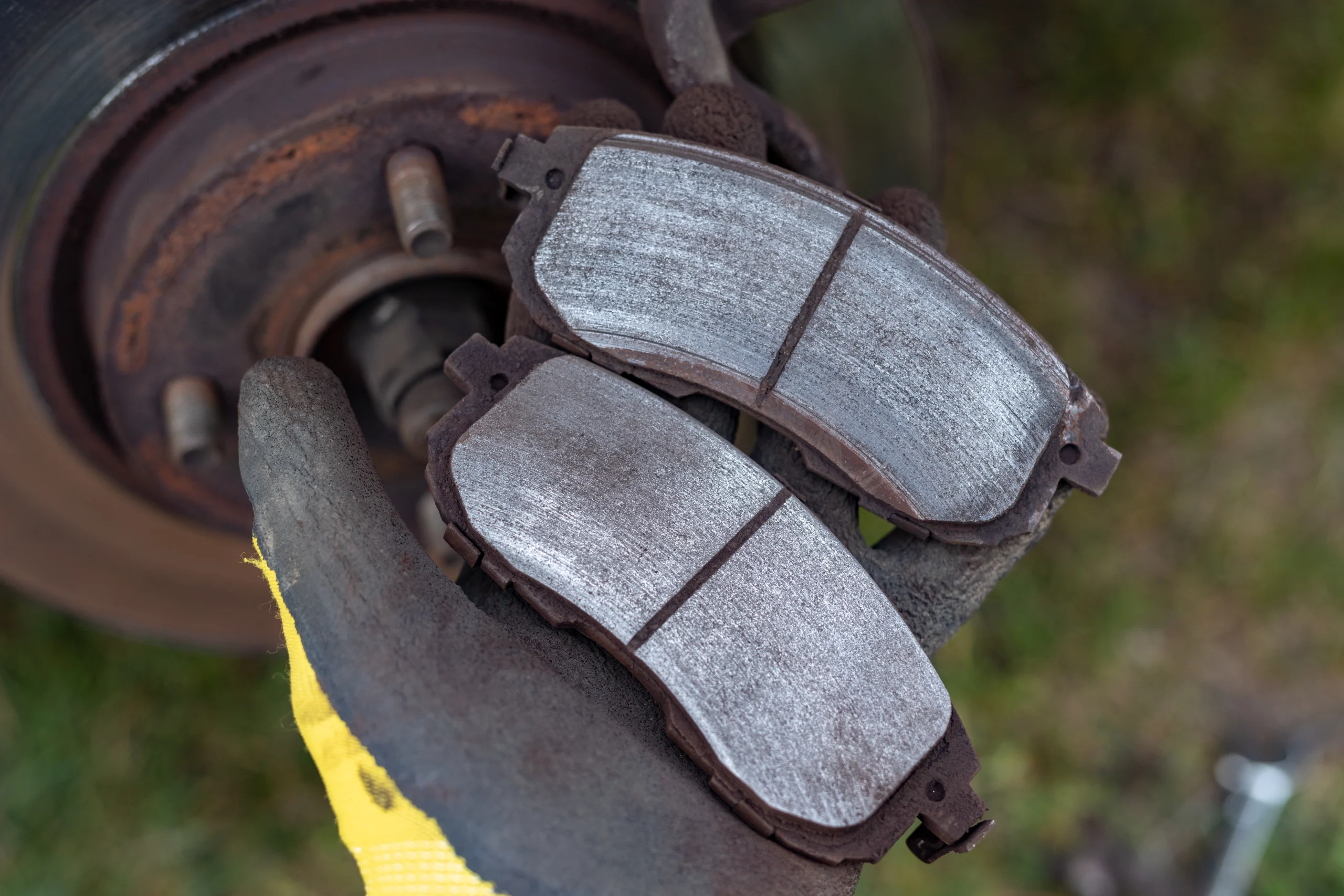


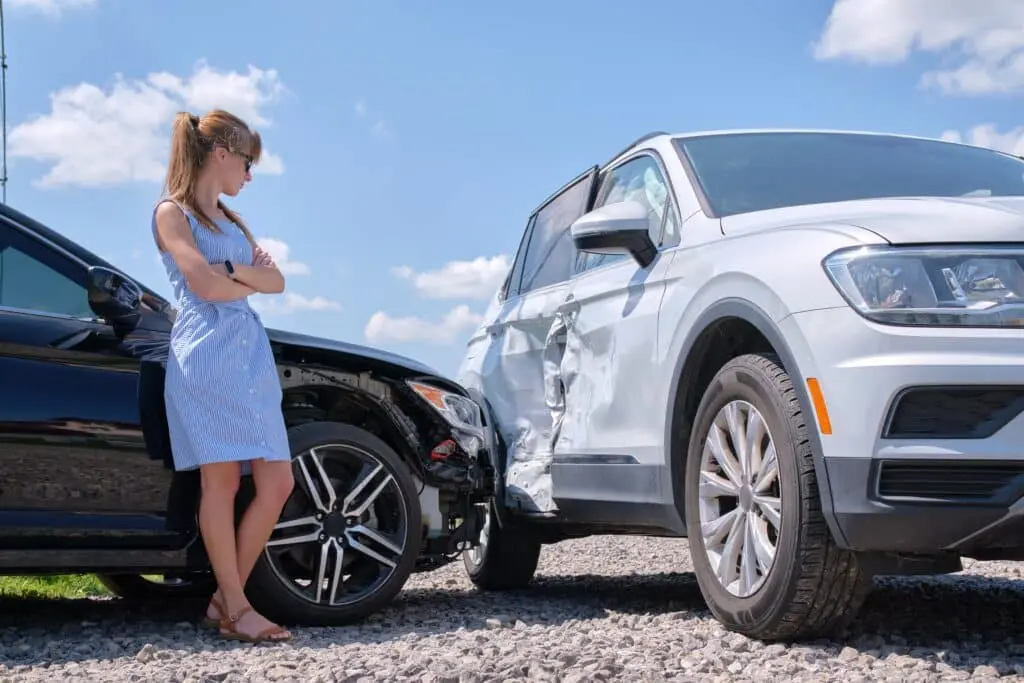
_1768296399.webp)
_1768294435.webp)

_1768285951.webp)